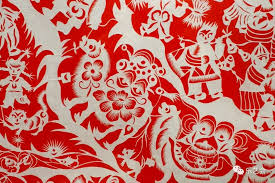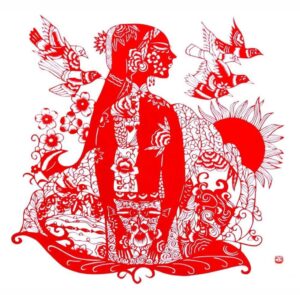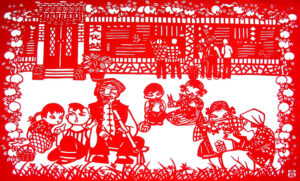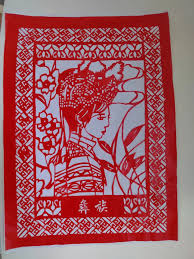Symmetry Aesthetics: Exploring the Art of Paper Cutting
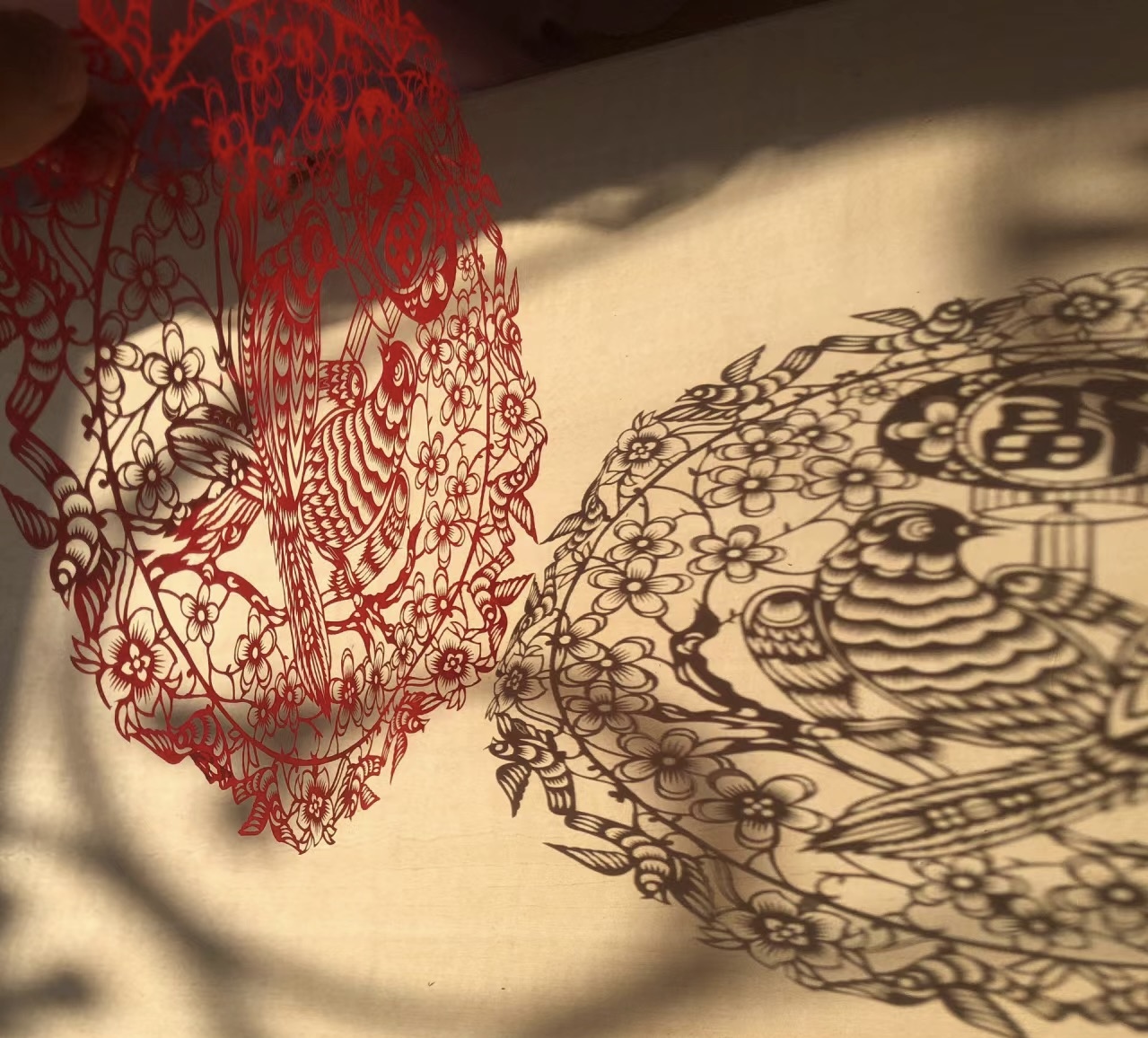
Summary
This is an open toolkit about traditional Chinese paper-cut culture, in which you will complete a paper-cutting learning in 20 minutes. It will help you to engage with traditional Chinese culture and explore the unique aesthetics of symmetry in the art of paper cutting.
Introduction:
Study goals:
1.Through this study, learners can understand the basic process of paper-cutting art and can complete the basic paper-cutting operation.
2.By understanding the background and meaning of paper-cut art, we can explore the traditional cultural customs and folk customs originating in China.
3.This study does not set up any barriers, and it is still effective for those who have no artistic foundation and have no knowledge of traditional Chinese culture. It can help you learn quickly.
Form:
handicrafts
Materials:
Paper、scissors、pencil、eraser
Context:
Do you know the traditional Chinese culture behind the art of paper cutting?
This simple understanding will help you with the rest of your study!
- The art of paper-cutting has a profound origin, as early as the Tang Dynasty (618-907) there has been evidence of the appearance of paper, the development of paper-cutting art and the popularity of paper is closely related. By the Ming and Qing Dynasties (1368-1911), the art of paper cutting reached its peak and became an important art form for folk decoration and festivals. (Heyenga, 2011b)
- Roland Barthes put forward the concepts of “symbol” and “code” in the Elements of Semiology, emphasizing the role of cultural symbols in communication and communication. (Barthes, 2009) Under the framework of semiotics, the patterns and forms in paper-cut art are regarded as symbols with cultural codes, and the patterns, colors and shapes in paper-cut have specific symbols, often linked with concepts such as good luck, happiness and longevity. For example, window cut is a symbol of people welcoming the New Year and praying for good luck.
- Paper-cut art has a variety of styles, regional differences are significant. The northern Chinese paper-cut style is often characterized by simple and powerful lines and atmospheric design, while the southern Chinese paper-cut pays attention to fine and delicate craftsmanship. In addition, the paper-cut style of western China also has its own unique features, usually rich in local characteristics. (Chai et al., 2022)
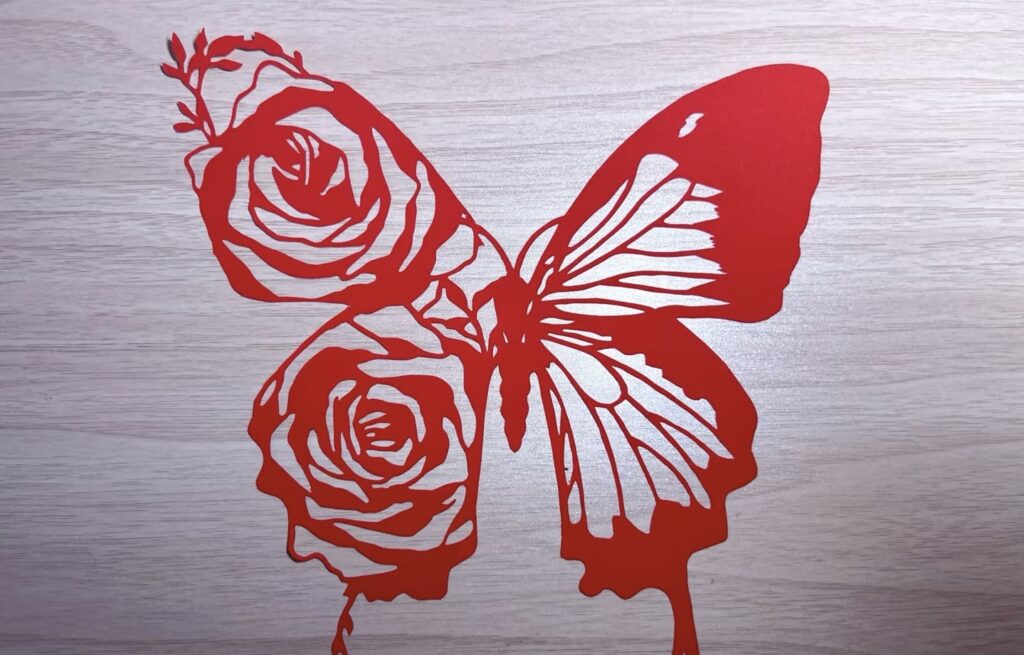
Image 2: Paper-cut in the shape of butterfly. From the network
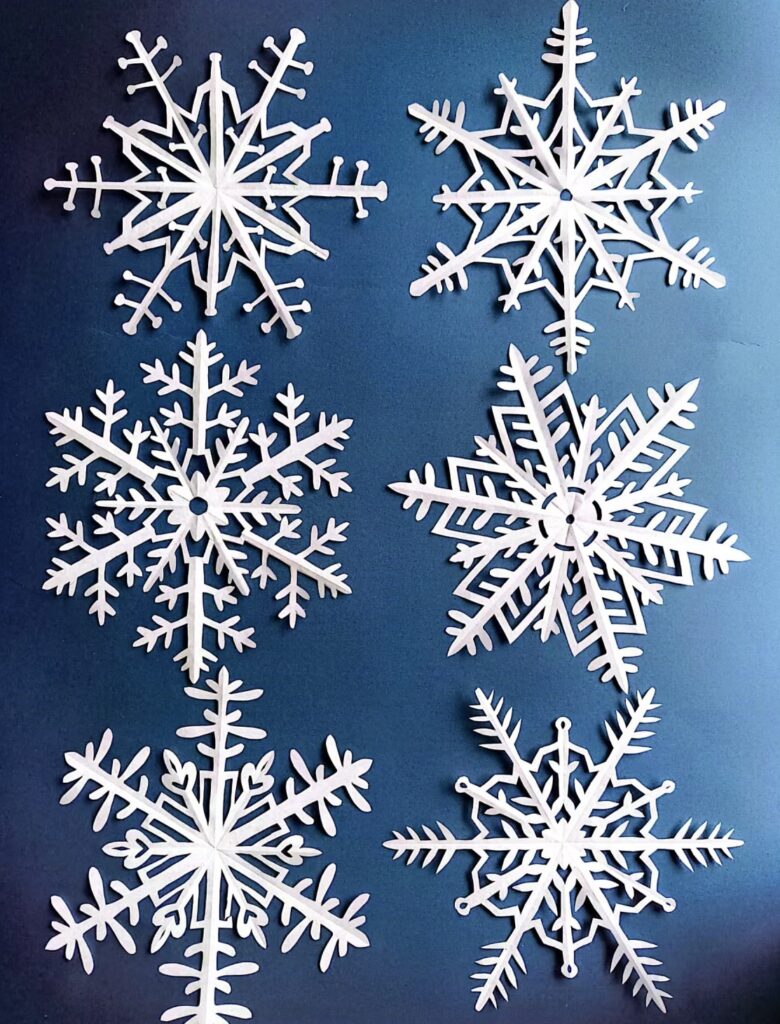
Image 3: Paper-cut in the shape of snowflakes. From the network
Do you know the cultural characteristics and meanings of paper-cut art
in different regions?
Chinese paper-cut art, as a traditional folk art form, has experienced a long development, and has formed different forms of expression in different regions. Paper cutting is not only a decorative art, but also deeply rooted in traditional Chinese culture, which contains rich cultural meaning and symbolic significance.(Li 2021)
- Northern paper-cut art, especially in North China and Northwest China, is famous for its bold and rough style, often using bright red paper, simple patterns, abstract, but rich meaning. North paper cutting often carries a strong cultural connotation of blessing and exorcism. The patterns in the paper cutting, especially fish, dragons, flowers, birds, etc., symbolize wealth, luck and prosperity. Window flowers often show the pattern of spring, symbolizing the blessing of spring and driving out evil spirits.(Li 2021)
- Southern paper-cut, especially the paper-cut art of Jiangnan region, Fujian, Guangdong and other places, is more delicate, delicate, rich in color, and shows more complex and delicate patterns. Southern paper cutting more reflects the pursuit of family harmony and happy life, especially the decoration of weddings, festivals and other occasions. The patterns of “peach blossom”, “lotus”, “crane” and “phoenix” in the paper cut not only symbolize wealth and prosperity, but also reflect the wish for a good marriage and family happiness. (Wu 2018)
- The paper-cut art in southwest China, especially in Guizhou, Sichuan and other minority areas, has integrated unique ethnic customs and demonstrated profound local cultural characteristics. The paper-cut art in southwest China not only has aesthetic value, but also contains profound implications of life, nature and religion. Elements such as dragon, phoenix, sun, mountains and rivers in the pattern often symbolize the continuation of life, the harmony of nature and the inheritance of tribes.(Ting 2023)
- China’s ethnic minority areas, such as Mongolia, Uyghur, Tibetan and other places, also have a unique paper-cut style. They are often integrated into the beliefs, habits and natural landscape of the local people. Paper-cuts in ethnic minority areas are often rich in spiritual and religious significance, and the patterns are full of expressions of nature, gods and the order of the universe.(Gong 2024)
If you’re ready, let’s begin our learning journey!
Step1 Browse: (3min)
Quickly skim through the entire learning process, including both text and images, to get a basic understanding of each step.
Once you’re familiar with the general process, you can move on to the next step.
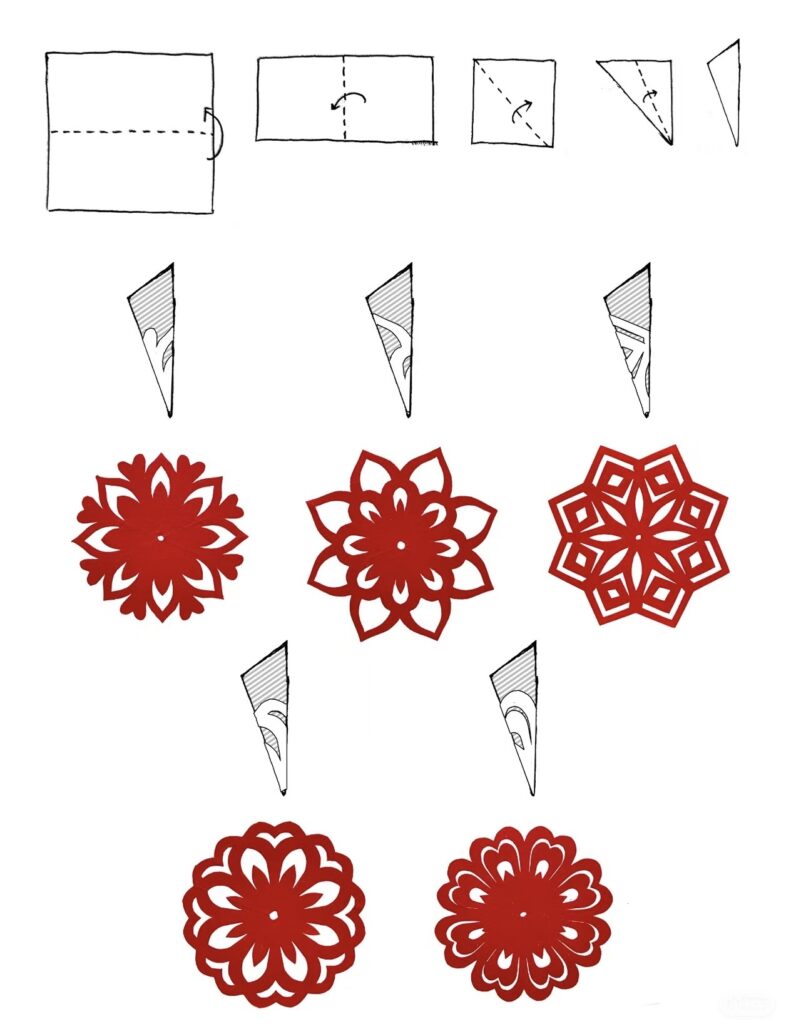
Image 8: Paper-cutting steps. From the author
Step2 Fold: (5min)
Take a square piece of paper. If you don’t have one, you can cut a square from an A4 sheet of paper.
Fold the square paper in half vertically to create a rectangle.
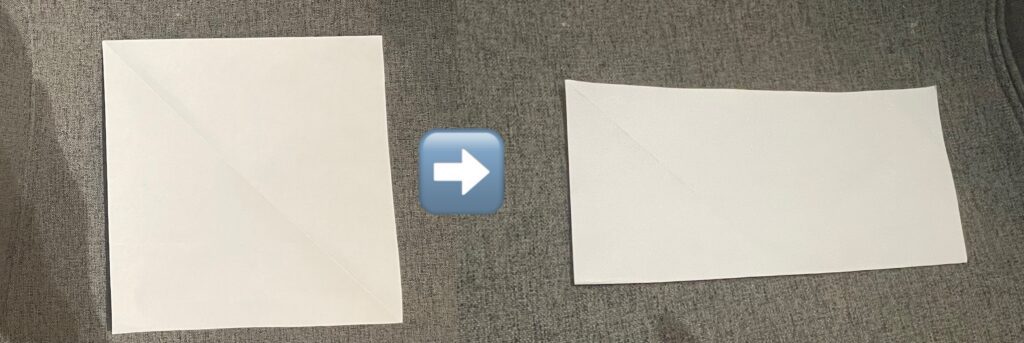
Image 9: Folding. From the author
Fold the paper in half again, this time horizontally, to create a smaller square
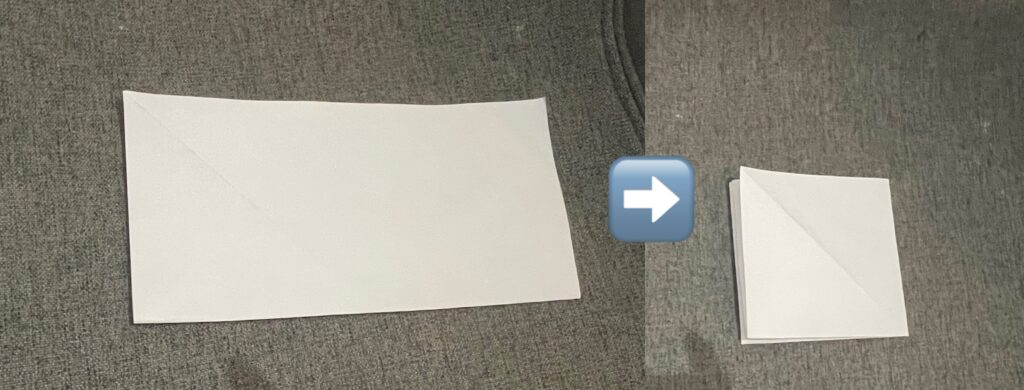
Image 10: Fold again. From the author
Fold the small square diagonally to form an equilateral triangle.
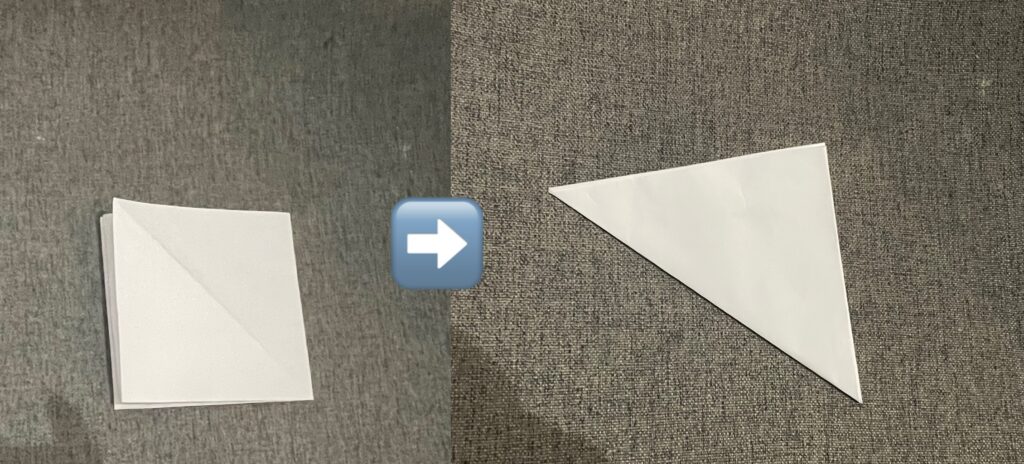
Image 11: Fold in half to get a triangle. From the author
Fold one corner of the equilateral triangle towards the opposite side to form the shape as shown in the picture.
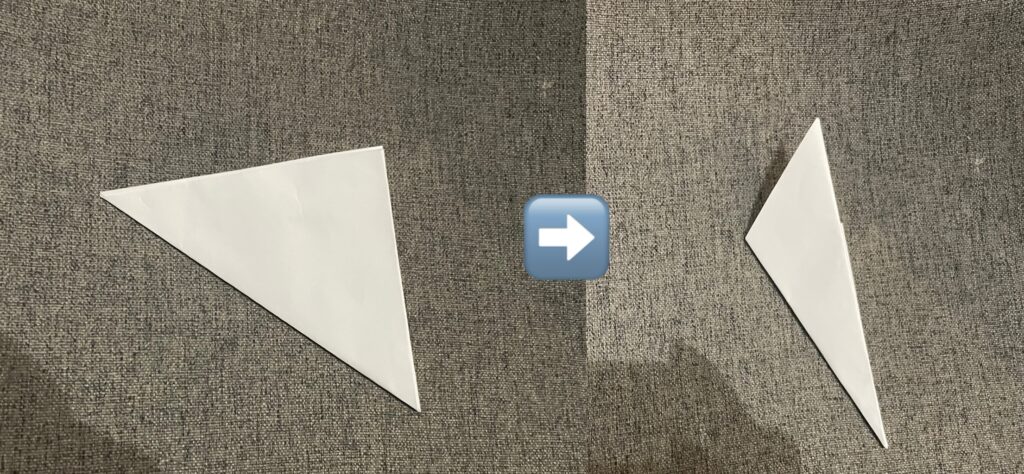
Image 12: Oblique fold. From the author
Step3 Drawing: (3min)
Draw the design you want on the paper. It can be an oval, a triangle, or anything you imagine. However, it’s better to create rounded shapes, as they will make the paper cutting more visually appealing. The image above is just for reference.
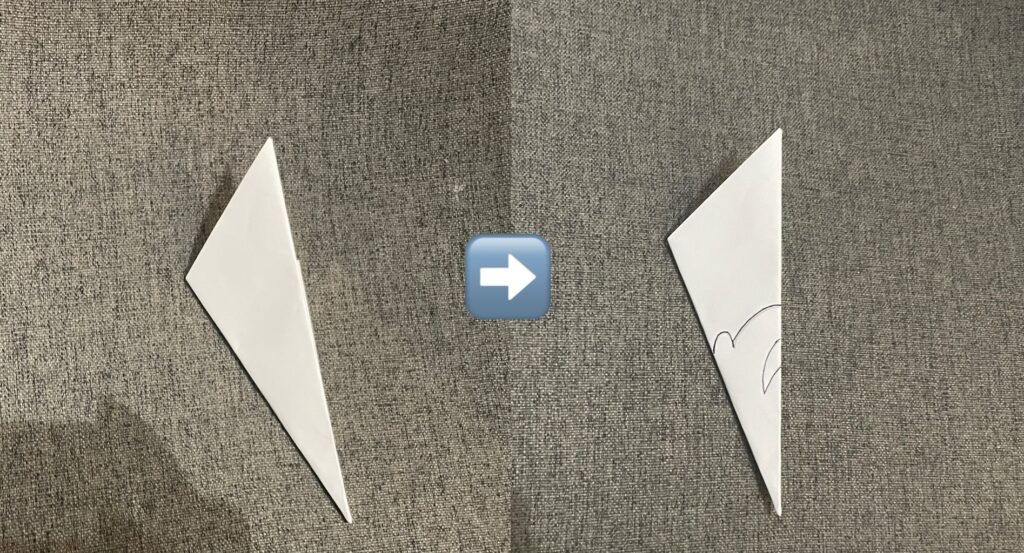
Image 13: Draw the pattern. From the author
Step4 Cutting: (3min)
Use scissors to cut, removing the blank areas outside the design
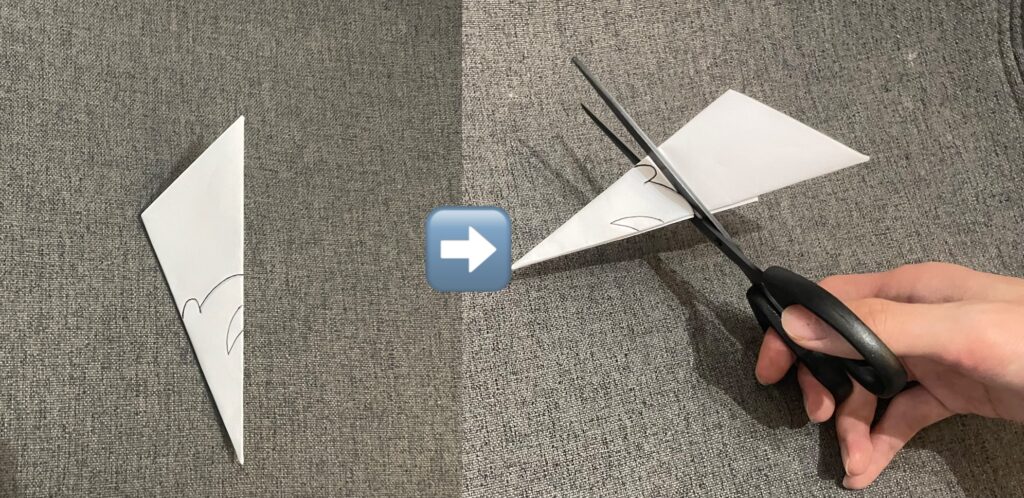
Image 14: Crop. From the author
After cutting, unfold the paper, and you will have the paper cutting design you desired.
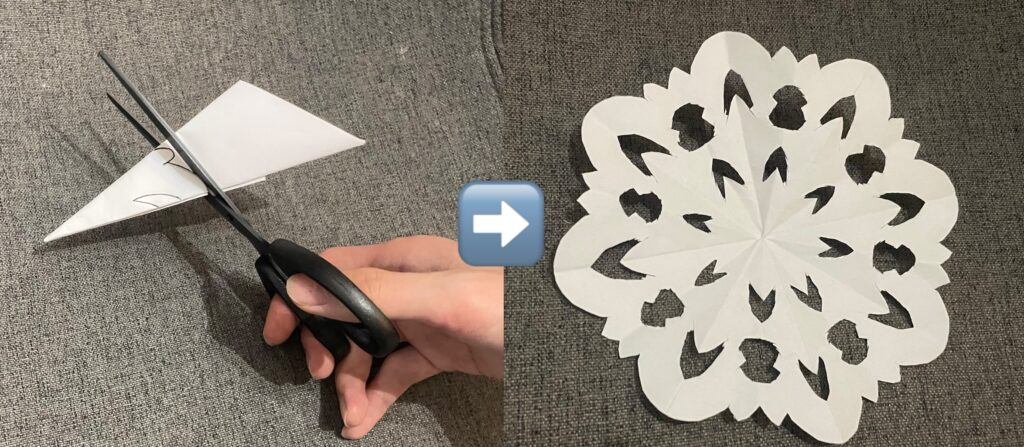
Image 15: Expand to get the finished product. From the author
Step5 Sharing and Communication: (time left)
-
Show your work to your classmates, communicate with each other about the meaning of their works in traditional Chinese culture.
-
Reflect on your experiences during the learning process, identify areas for improvement, and share your insights.
Bibliography:
Heyenga, L. (2011). Paper cutting : contemporary artists, timeless craft. San Francisco: Chronicle Books.
Barthes, Roland. Elements of Semiology. Translated by Annette Lavers and Colin Smith, Hill and Wang, 1967. https://monoskop.org/images/2/2c/Barthes_Roland_Elements_of_Semiology_1977.pdf
Chai, W., Ong, H.Y., Amini, M. and Ravindran, L. (2022). The Art of Paper Cutting: Strategies and Challenges in Chinese to English Subtitle Translation of Cultural Items. Journal of Modern Languages, 32(1), pp.84–103. doi:https://doi.org/10.22452/jml.vol32no1.5.
Li, Yang. 2021. “Research on the Types of Fujian Paper Cutting Art Symbols.” Www.atlantis-Press.com. Atlantis Press. January 6, 2021. https://doi.org/10.2991/assehr.k.210106.038.
Wu, Fang . 2018. “Research on the Unique Cultural Characteristics of Shanghai Style Paper Cutting.” 2018 International Conference on Culture, Literature, Arts & Humanities ICCLAH 2018) 10.25236/icclah.18.002. https://doi.org/10.25236/icclah.18.002.
Ting, Chen. 2023. “Analysis on the Visual Characteristics of the Traditional Patterns of Guangxin Paper Cutting.” Frontiers in Art Research 5 (6). https://doi.org/10.25236/far.2023.050603.
Gong, J. (2024). Abstract Exploration of Paper-cut Art. International Journal of Education and Humanities, [online] 13(3), pp.200–206. doi:https://doi.org/10.54097/mhygbh64.
Symmetry Aesthetics: Exploring the Art of Paper Cutting © 2024 by Pingqian Xu is licensed under CC BY-SA 4.0
Image List:
Image 1:Symmetry Aesthetics: Exploring the Art of Paper Cutting. From the network © 2024 by Pingqian Xu is licensed under CC BY-SA 4.0
Image 2: Paper-cut in the shape of butterfly. From the network © 2024 by Pingqian Xu is licensed under CC BY-SA 4.0
Image 3: Paper-cut in the shape of snowflakes. From the network © 2024 by Pingqian Xu is licensed under CC BY-SA 4.0
Image 4: Northern paper cutting. From the network © 2024 by Pingqian Xu is licensed under CC BY-SA 4.0
Image 5: Southern paper cutting. From the network © 2024 by Pingqian Xu is licensed under CC BY-SA 4.0
Image 6: Paper-cutting in Southwest China. From the network © 2024 by Pingqian Xu is licensed under CC BY-SA 4.0
Image 7: Ethnic paper-cutting. From the network © 2024 by Pingqian Xu is licensed under CC BY-SA 4.0
Image 8: Paper-cutting steps. From the author © 2024 by Pingqian Xu is licensed under CC BY-SA 4.0
Image 9: Folding. From the author © 2024 by Pingqian Xu is licensed under CC BY-SA 4.0
Image 10: Fold again. From the author © 2024 by Pingqian Xu is licensed under CC BY-SA 4.0
Image 11: Fold in half to get a triangle. From the author © 2024 by Pingqian Xu is licensed under CC BY-SA 4.0
Image 12: Oblique fold. From the author © 2024 by Pingqian Xu is licensed under CC BY-SA 4.0
Image 13: Draw the pattern. From the author © 2024 by Pingqian Xu is licensed under CC BY-SA 4.0
Image 14: Crop. From the author © 2024 by Pingqian Xu is licensed under CC BY-SA 4.0
Image 15: Expand to get the finished product. From the author © 2024 by Pingqian Xu is licensed under CC BY-SA 4.0


